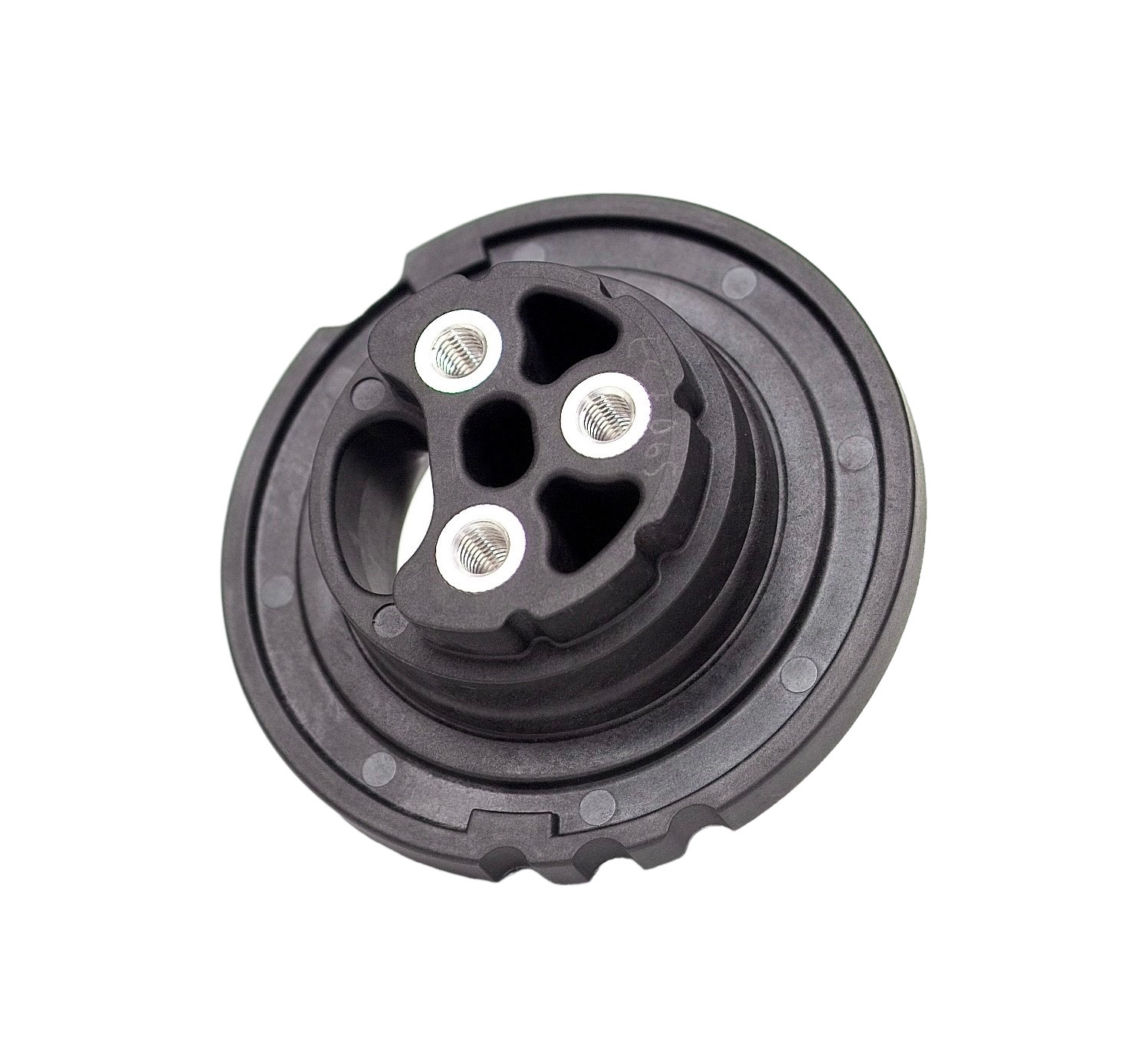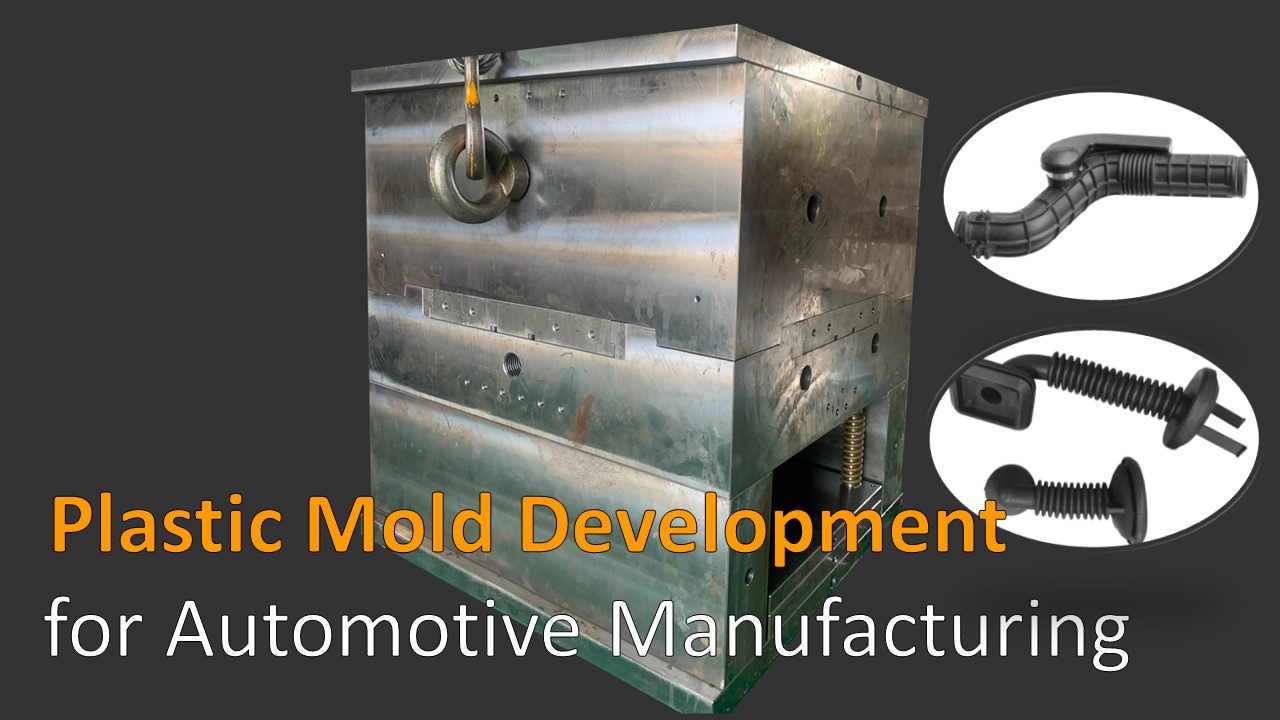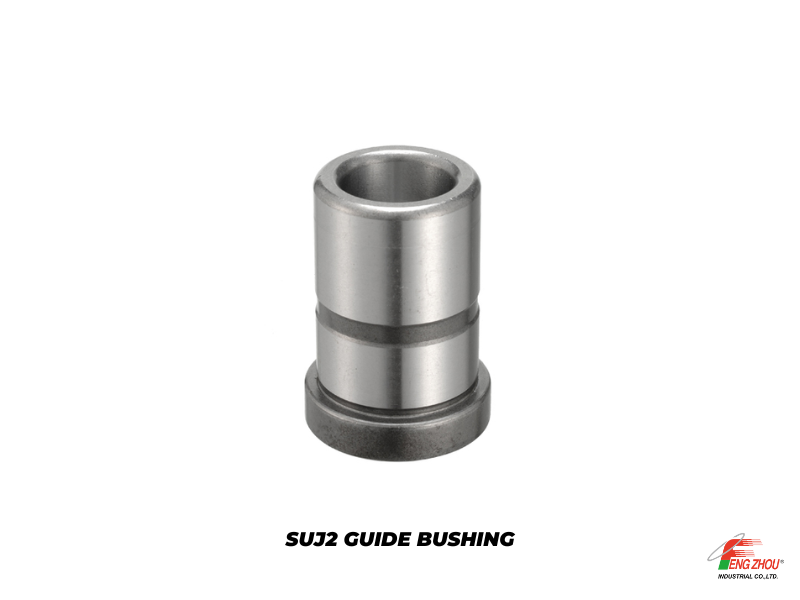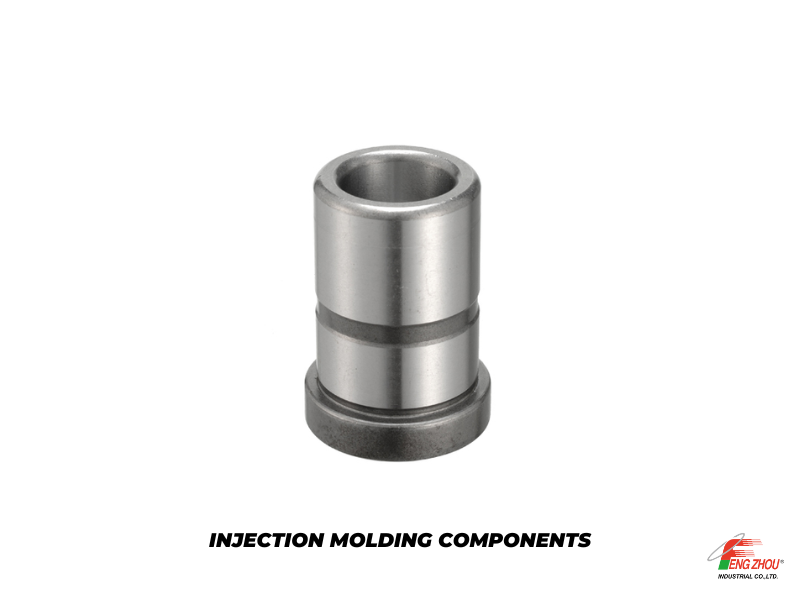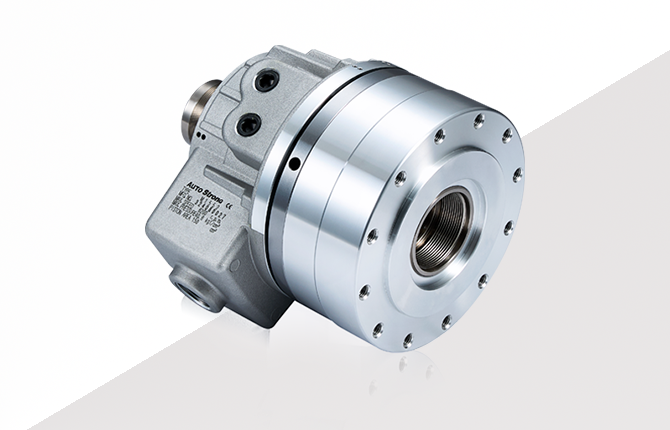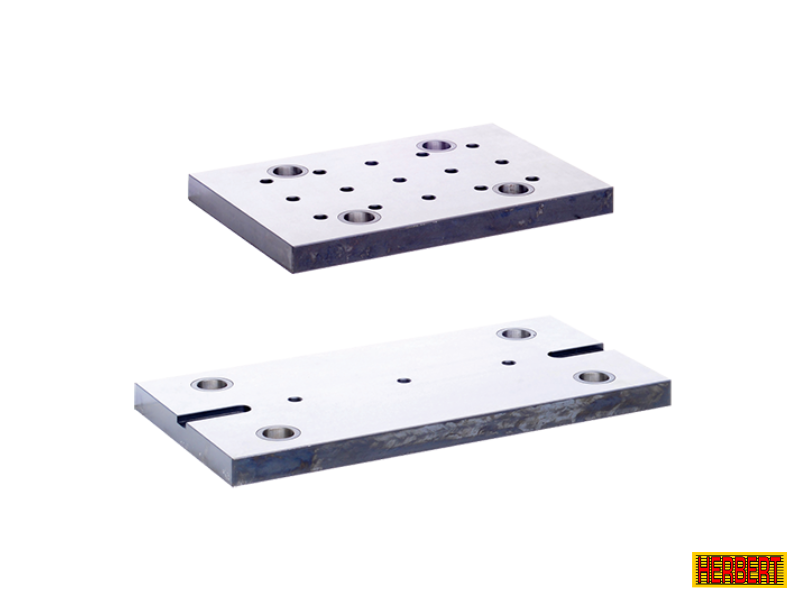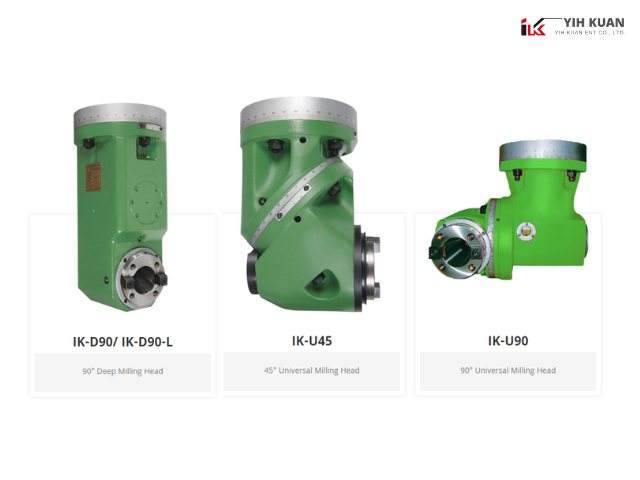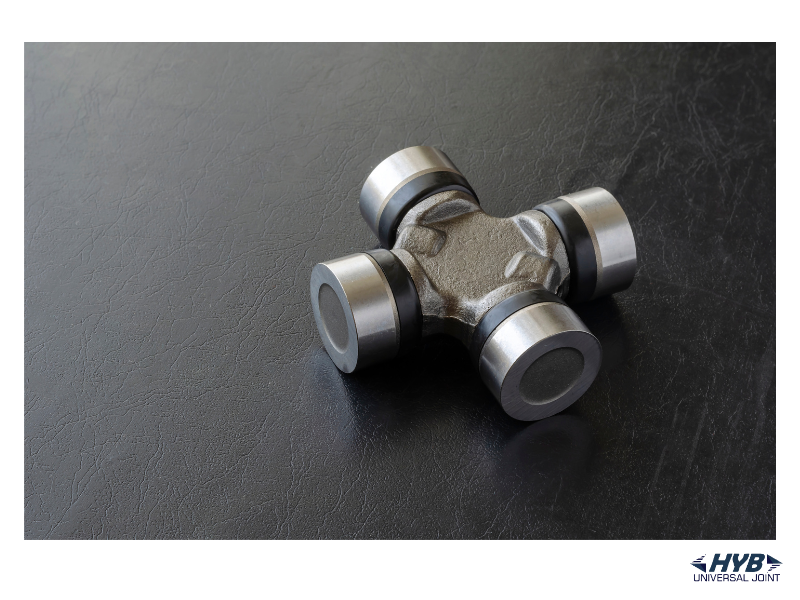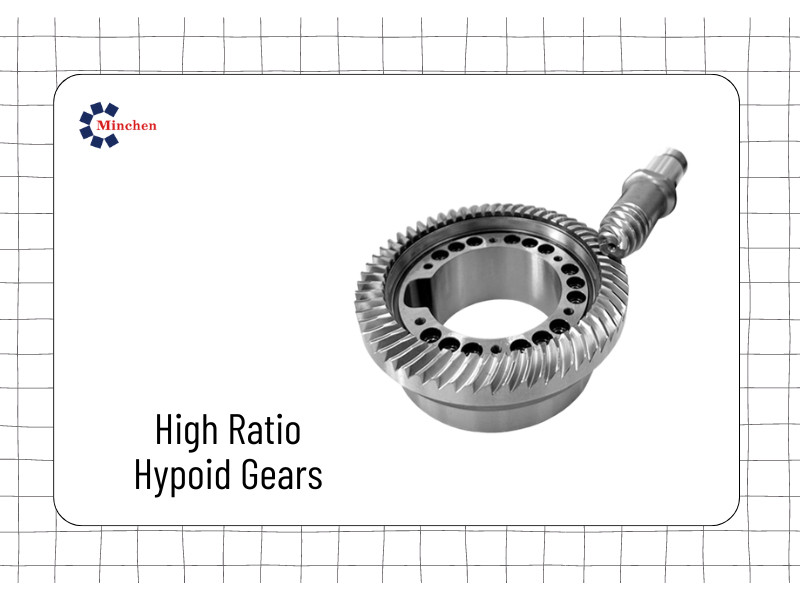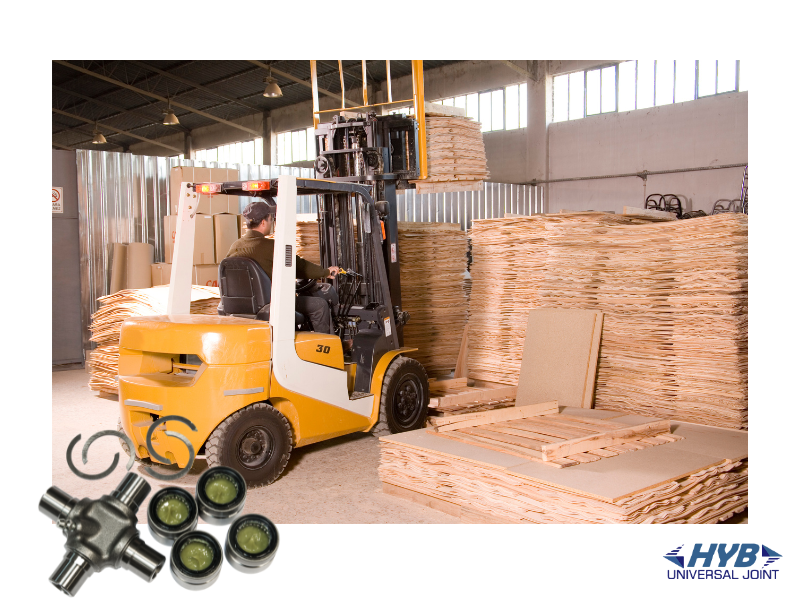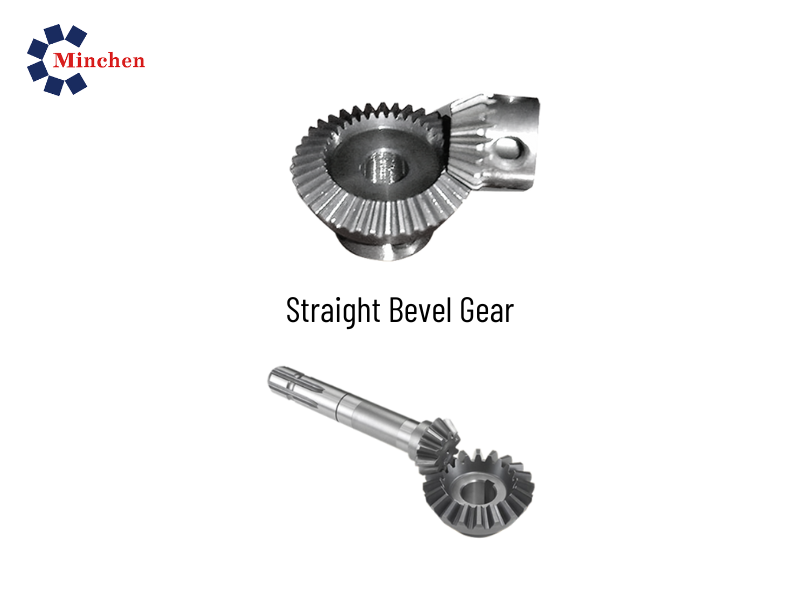Which Industries Use Electrical Discharge Machine Most?
2023-10-19Machinery
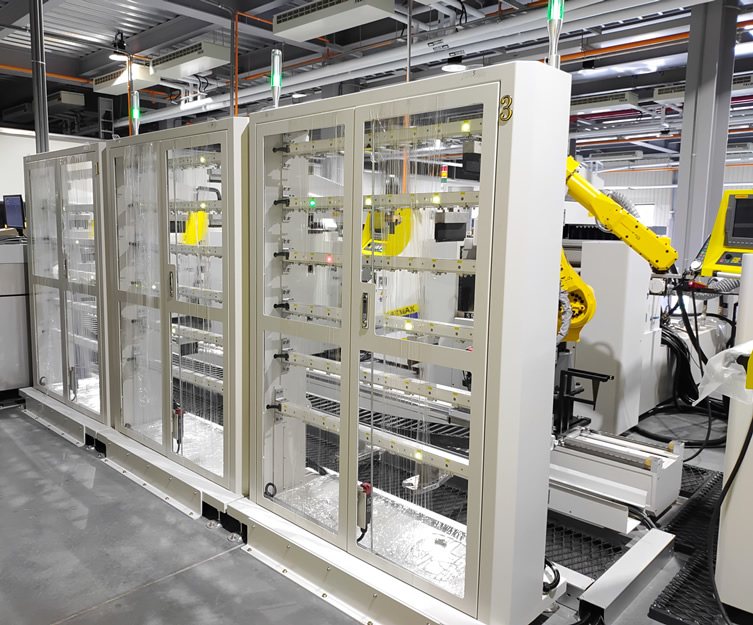
In the field of unconventional machining methods, electrical discharge machining (EDM) is widely used, for hard materials. EDM's versatility in machining materials of varying harnesses has made it a popular choice.
EDM is widely used in the shaping or manufacturing of advanced technological materials used in demanding settings. This strategy, however, has significant drawbacks. The slower rate of material removal and significant tool life associated with this strategy can reduction machining efficient
It is possible to achieve a more stable and very well-machining setup by incorporating EDM alongside other conventional or nontraditional manufacturing methods.
The limitations of the electrical discharge machine process can be circumvented by using a machining method that is a hybrid of conventional and alternative techniques. If traditional EDM is used in conjunction with other manufacturing methods, machining performance can be greatly enhanced.
-
EDM Industries.
EDM is widely utilized in the metalworking industry for making everything from prototypes to huge quantities of parts and equipment. The method works best when only a little amount of strain rate is allowed.
Molding dies and blanking punches are two examples of mold and die components that benefit greatly from wire EDM's precision and accuracy.
The automotive, aerospace and electronics industries are the most common users of EDM for producing parts and components.
-
Prototype production.
While EDM has long been employed in the mold, tool, and die-making industries, it is rapidly being put to use in sectors with lower production numbers, such as aerospace, automotive, and electronics.
By means of a vertical ram, sinker EDM injects an electrode composed of charcoal, copper tungsten, and pure copper into the workpiece.
The master for making dies for stamping processes like making jewelry and emblems or deburring and piercing is often constructed of sterling silver because it is highly corroded and only used occasionally (with suitable machine setups).
Using a negative die and a drop hammer, copper, argent, and low-proof golden alloy sheet blanks are cut to size and hardened to create stamped flats.
A second die can be used to give these flats a curved shape necessary for badges. Typically, this EDM is done while completely immersed in an oil-based dielectric.
It is possible to further enhance the end product by hard enameling (glass) or soft enameling (paint) or by electroplating it in pure gold or nickel. Silver and other softer metals can be elegantly etched by hand.
Electrical discharge machine for small-hole drilling has several useful applications.
Wire-cut tiny aperture drilling EDM is used in EDM machines to create a small opening in the object through which the cable will be inserted.
Erosion of finished parts from large hardened plates can be done on demand and without the need for pre-drilling with the help of a dedicated tiny opening drilled EDM head mounted on wire-cut equipment.
Jet engine turbine blades have rows of holes drilled into them using small hole EDM on both the leading and trailing edges. Because hotter temperatures may be achieved due to gas passage through these tiny holes, they are used in many modern engine designs.
Typical machining of holes with such a large aspect ratio is extremely challenging, if not impossible, in these blades since they are constructed from high-temperature, high-hardness, separate alloys.
Spinnerets for synthetic textiles like rayon or tiny orifices for gasoline system components can both be made with small-hole EDM.
Super drills, also known as hole poppers, are another name for the standalone x-y-axis EDM machines used for drilling small holes.
In an EDM drill, the rotating electrode is a lengthy brass or copper tube housed in a chuck. In order to keep the electrodes clean and to act as a dielectric during drilling, deionized and distilled water is pushed through them at all times.
Because of their spark gap and wear rate, electrode tubes in wire-cut EDM machines function similarly to wire.
Some small-hole drilled EDMs can penetrate into 100 mm of softer and tempered iron in under 10 seconds, with a normal wear rate of 50–80 %. You may use this technique to create a hole with a size of 0.3 mm all the way up to 6.1 mm.
Because corroded brass particles induce "brass upon brass" wire breaking, copper electrodes are preferred for wire-cutting operations even if brass electrodes are simpler to manufacture.
-
Dissolving milling of metals.
Several companies are developing EDM machines designed to extract damaged cutting tools and screws from finished products. Metal disintegration machining (MDM) describes this technique when applied to metal. After being disintegrated, a damaged tool or ole fastener loses only can so its ho core, be resumed.
-
Manufacturing with a closed loop.
Closed loop manufacturing has the potential to improve precision while also lowering tool costs. Visit our website for more information on electrical discharge machines.
FAQ:
1. What are EDM machines used for?
Using a sequence of small sparks created by heating the metal and the workpiece, EDM is a thermoelectric process used to remove metal. In electrical discharge machining (EDM), an electric spark serves as the cutting tool, eroding the workpiece until the desired shape is achieved.
2. What types of materials can be machined by EDM?
The EDM wire technique can be used to cut any conductive material, including steel, platinum, aluminum, brass, alloys, and super alloys. Because of its precision, the EDM wire cut process has replaced traditional cutting practices across all sectors. EDM wire can be used to easily cut and create metal machine components, logos, and other metals.
3. Where is Electronic Discharge Machine used?
While EDM has long been employed in the mold, tool, and die industries, it is gradually being put to use in sectors with lower production numbers, such as aerospace, automotive, and electronics.
4. Why EDM uses dielectric fluid?
EDM's dielectric is a key operating parameter that determines the process's high material removal rate (MRR) and surface finish. The dielectric fluid acts as a medium that regulates the current and absorbs heat.
